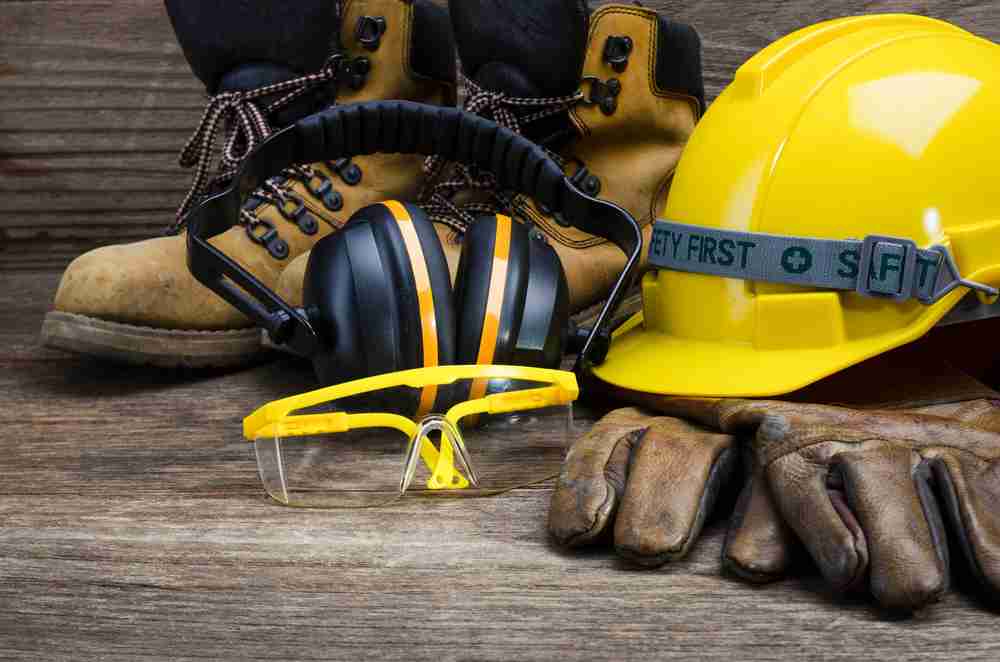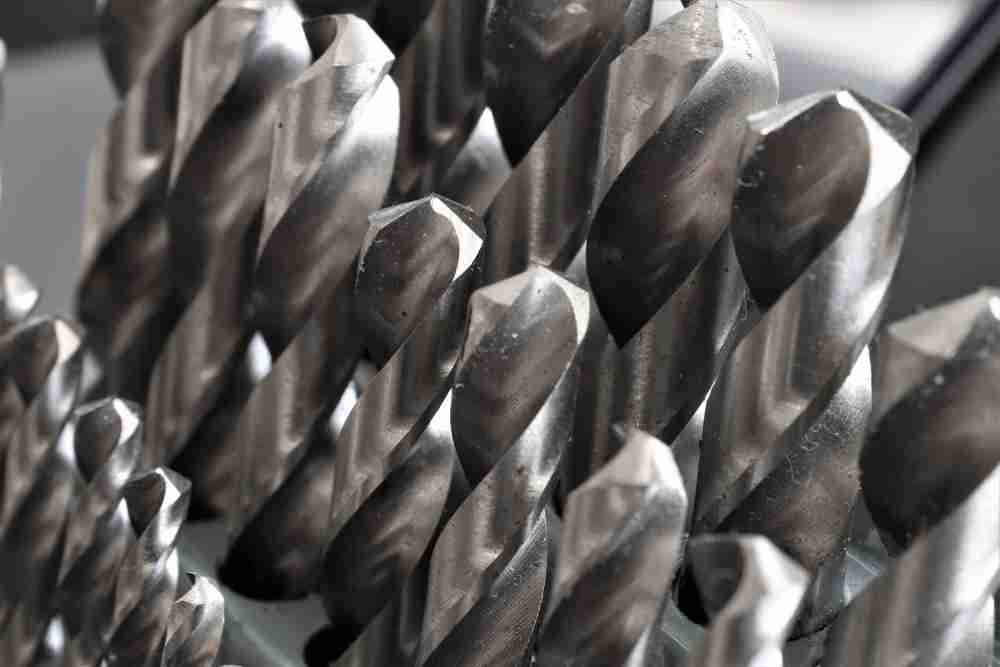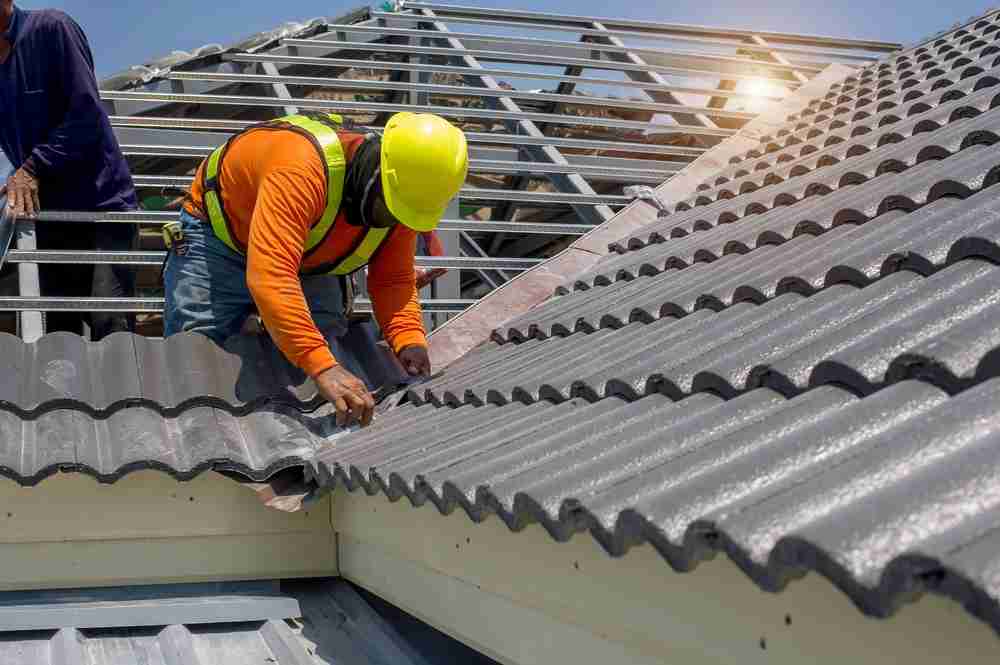Where to Place Traffic Cones on a Construction Site for Securing Work Zones & Meeting OHSA Standards
Often, construction sites can occur in main traffic areas such as busy highways, city streets, or residential neighborhoods. When planning a project in such a public area, it is important to take steps to protect your workers and the passing vehicles and pedestrians. Traffic cones, pennant flags, and other safety equipment are key in securing your job site by diverting traffic away and making your work area highly visible. In this blog, we will discuss the best tips for traffic cone placement to keep your work zone secure while staying within OHSA regulation standards.
For more information about construction safety and equipment, contact Atlantic Equipment.
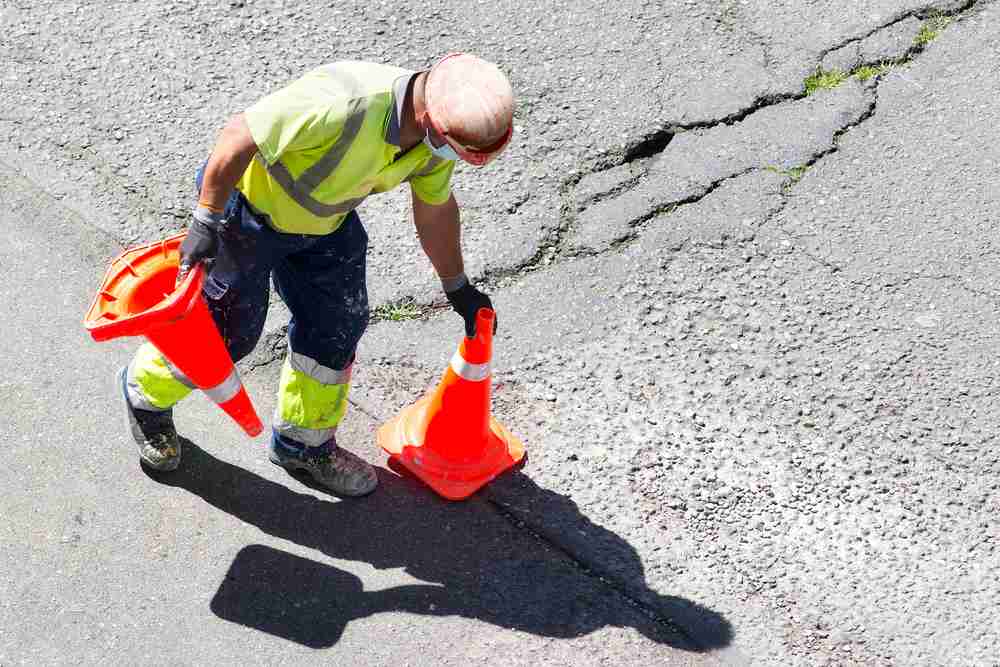
Importance of Proper Traffic Cone Placement for Work Zones
Placing your cones in the proper positions and distances can create a safe and secure work zone that meets OHSA standards. Traffic cones are known for their reflective orange and white design, making them the perfect way to attract attention to your site. This not only ensures the safety of your workers but also prevents any potential accidents or damages to passing vehicles and pedestrians.
OHSA Standard Placement for Traffic Cones on Roads
When securing your job site, following all OHSA regulations to keep your workers safe and avoid any potential fines is important. According to OHSA standards, traffic cones should be placed 36 inches apart and visible from a minimum distance of 500 feet. This ensures that passing vehicles have enough time to slow down and safely navigate around the work zone.
Where to Place Traffic Cones for Highway Construction
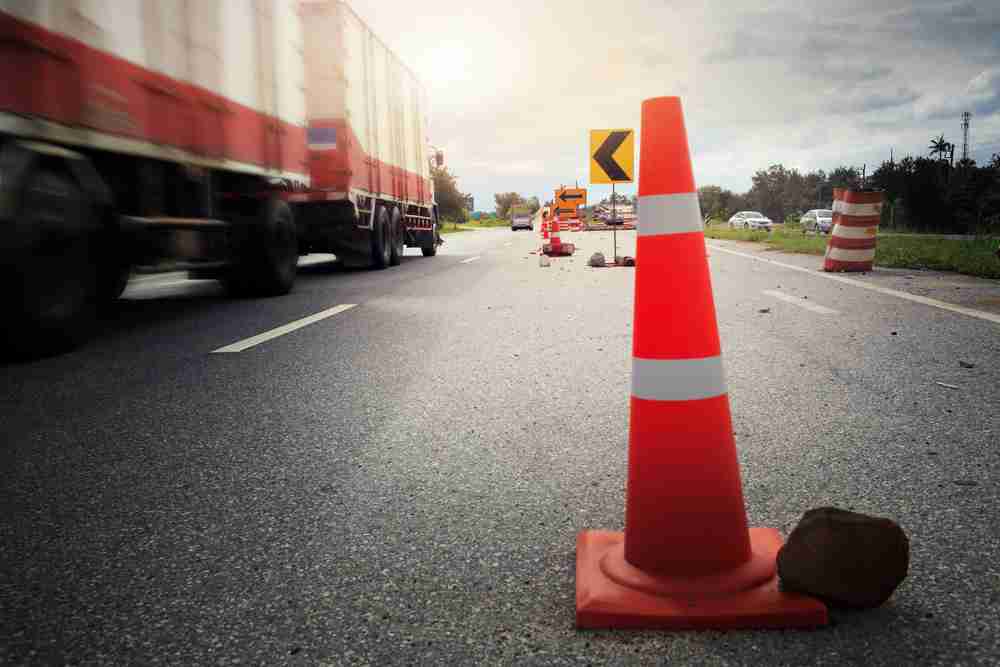
Highway construction sites require additional precautions due to the high speeds and heavy traffic. To properly secure a highway work zone, it is recommended to begin placing your cones at least 1000 feet from the start of the work zone. Adding a sign that states there is a work zone ahead can also be helpful for drivers to slow down and stay alert. As you set down the cones, place them closer together as you approach the work zone. This will warn drivers to slow down and safely maneuver around the construction site.
Proper Placement of Traffic Cones on Sidewalks & Walkways
When working on sidewalks or walkways, it is important to create a safe path for pedestrians while preventing them from entering the work zone. Traffic cones should be placed 6 feet apart, providing enough space for pedestrians to walk by safely. To create even more diversion, pennant flags and caution tape can be used to mark the boundaries of your work zone more clearly.
Do You Need to Place Traffic Cones Even When You Are Not Actively Working?
The main function of traffic cones is to alert passing vehicles of the work zone and divert traffic away from it. Even if you are not actively performing construction, keeping your site clear of unauthorized personnel is still important. If a pedestrian were to pass through and injure themselves, this could create an issue of liability and safety hazards. By keeping your traffic cones in place at all times, you are ensuring everyone’s safety at all times.

Contact Atlantic Equipment to Buy & Rent Traffic Cones to Secure Your Work Zone in Massachusetts, Florida, New York, & More
Safety is always the top priority on any work site or construction zone. With Atlantic Equipment, you can keep your workers, materials, and passing traffic safe with our selection of high-quality traffic cones, pennant flags, and other safety equipment. Whether you are planning to work on a busy highway or a private commercial property, we have all the equipment you need available for purchase or rent. To learn more and view our full selection, visit our website or call us at 800-543-3350.


